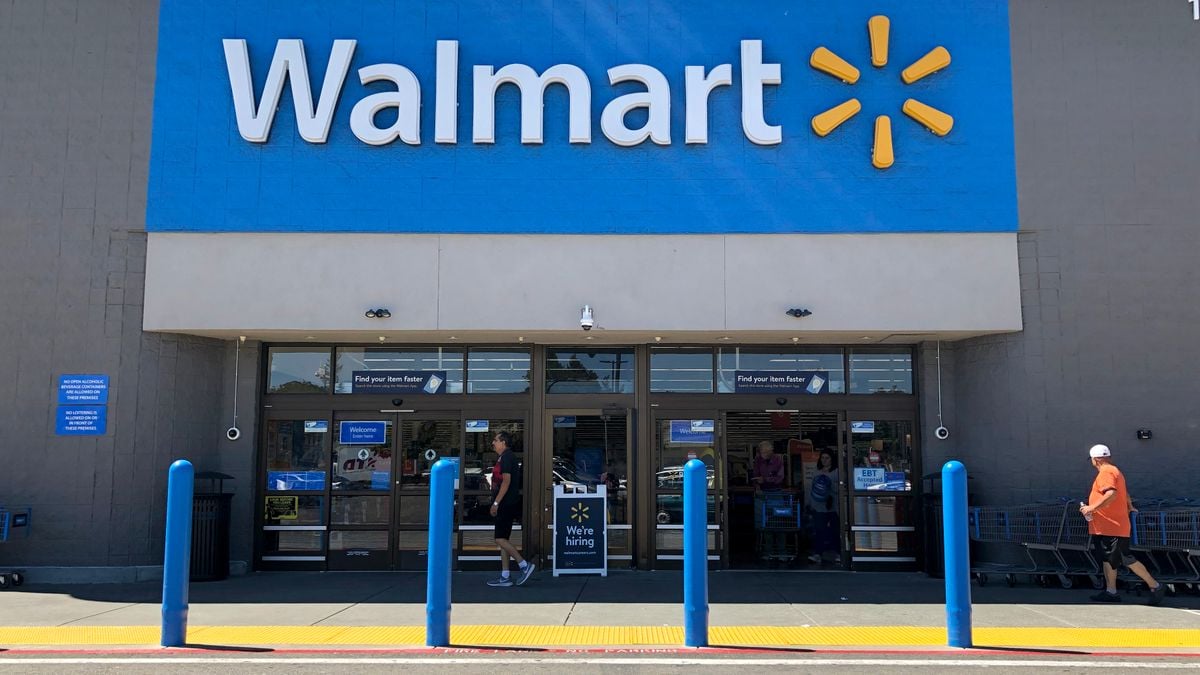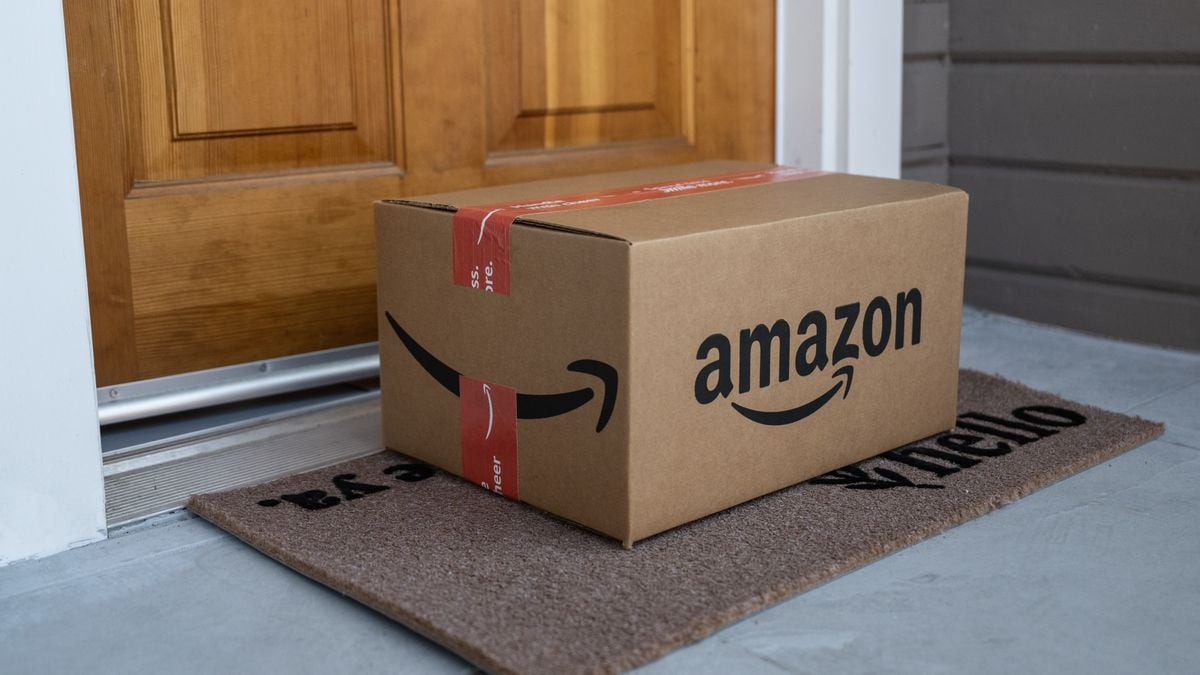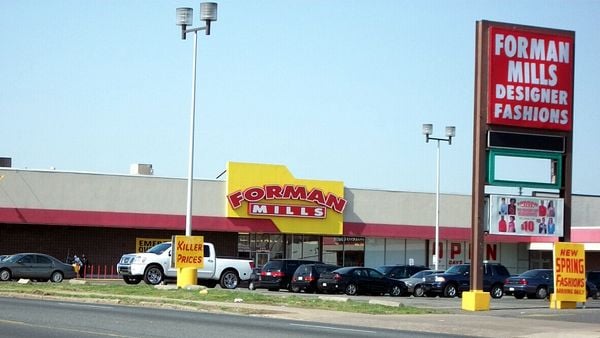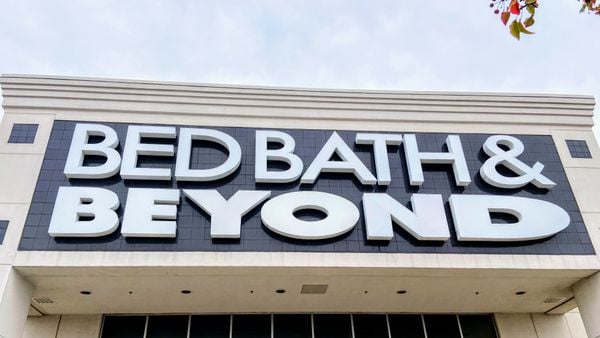Like most retailers, Leah Daniels is in the midst of an unpredictable holiday season.
Daniels owns Hill’s Kitchen, a kitchenware store in the neighborhood of Capitol Hill in Washington, D.C. For the past few years her small business has followed a similar trajectory to large retailers, including dealing with a pandemic that introduced uncertainty in the supply chain, operational changes at a store level and a consumer base that changed its habits (multiple times).
“I would say that retail right now is exhausting,” Daniels said. “I think that people in retail are working way harder than we were pre-pandemic.”
The global health crisis changed the retail industry — large and small — in ways that are still playing out. 2020 was marked by fickle consumer demand. By 2021, demand was up but supply chains were erratic and friction came in the form of raw material shortages, freight space shortages and facility closures. Inflation is an overarching concern this year, with consumers pulling back on spend and looking for discounts to stretch their dollar.
Small businesses are not immune to these disruptions, and may even feel them quicker than bigger companies.
“In general, if large retailers are encountering issues, small retailers have been encountering these same issues for much longer,” Andrew Duffy, CEO of Sparkplug, said in emailed comments.
Shoppers do appear to be thinking local when it comes to the holidays, though. Consumers plan to spend 40% of their total holiday budget at small businesses, representing an $88 billion opportunity, according to a recent study by Intuit QuickBooks.
And this November, Small Business Saturday drove nearly $18 billion in sales, with 72% of shoppers stating they will continue to purchase items at local businesses during the holidays because of the impact it has on their communities.
While time is ticking as the industry enters the last few weeks of the holiday season, retailers of all sizes are pushing to boost sales in their most important quarter. The 2022 holiday season, it seems, is still in the shadow of the early days of the pandemic.
What happened when people started cooking
During the early part of the pandemic, homebound consumers turned to cooking. Restaurant dining rooms shut down, grocers experienced stockouts and people were making their meals both out of necessity and as entertainment.
Home retailers boomed, including kitchen stores that were trying to keep up with a populace that was suddenly keen on making bread.
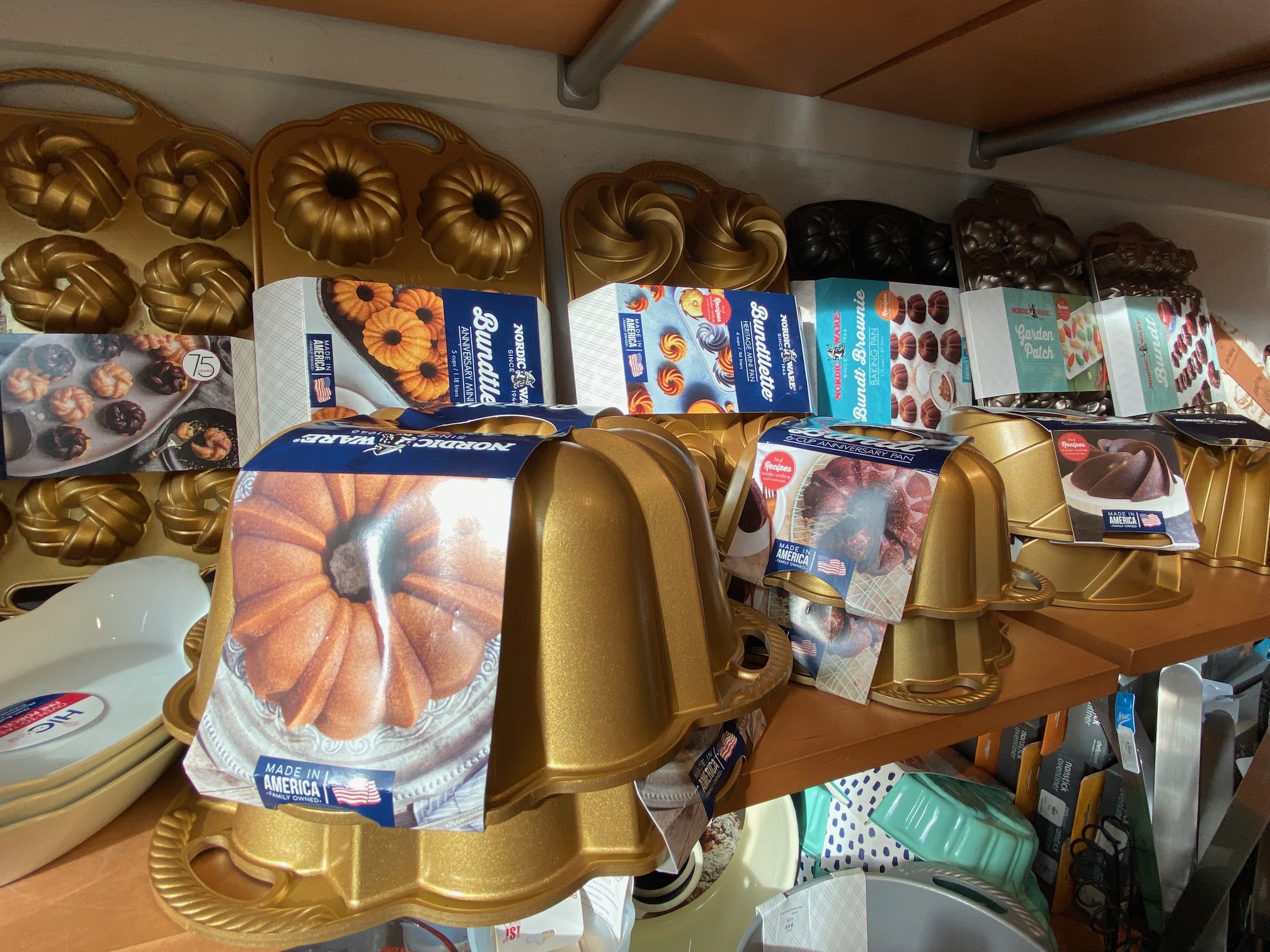
It changed Daniels’ approach to buying. “People started cooking a lot. And my vendors didn’t necessarily have the inventory in stock to deal with the new onslaught of orders of bakeware and Dutch ovens and sauce pans.” To adapt, Daniels altered how she ordered. When vendors had things in stock she placed larger orders than she had in the past.
“My basic level of inventory has gone up over the past few years,” she said. “Because if I can get it, I do get it.”
Additionally, many vendors had things on back order.
“Fast forward to 2022, the supply chain has caught up. All the back orders are coming in. But the interest is gone,” Daniels said.
Daniels’ experience with inventory has also been illustrated by larger retailers. By the second quarter of 2022, retail inventories were up 31% year over year, according to S&P Capital IQ and FTI Consulting analysis. In the last months of the year, imports have dropped significantly as retailers have attempted to clear those inventory gluts.
Retailers also began to offer discounts in order to drop products around the same time consumers began pulling back on discretionary spending. Going into the holiday season, nearly 90% of consumers said that inflation would impact their holiday spending, according to a recent ICSC survey.
Large retailers may be at an advantage when it comes to navigating these pressure points. “They have more flexibility to move underperforming inventory around their network of stores, discount it to attract bargain buyers, or simply write it off and take the hit to their cash reserves,” Duffy said. “Small retailers rarely have that degree of purchasing leverage or flexibility, so they typically encounter these problems first and struggle more meaningfully with them.”
Vendor discounts and buying in larger quantities
While retailers are offering consumers discounts this season, Daniels says that vendors have employed similar tactics this year to get retailers to buy. Vendors, with too much inventory and not enough space to store it, are offering retailers discounts — something Daniels hasn’t seen in recent years.
Not only are they offering discounts, but they are willing to work on price. “I’m finally getting vendors to want to work a little bit. The problem is, I don’t have room either,” Daniels said.
Daniels’ store is two floors. The first is her retail selling space. The second floor has a kitchen and was once an area for cooking classes. It currently holds excess inventory.
“If vendors are continuing to offer me promotions, I will buy big to take advantage of promotions because that is my margin,” Daniels said. She hasn’t raised prices on her customers, even though prices have been raised on things such as freight for her, because she wants to maintain a certain price point in her store. “But now that companies are offering me deals, I’m able to make that margin back up.”
Having a second floor helps with this approach. “I am really lucky that I have great storage space at my store,” she said. “The extra storage is part of what helped me through the deep pandemic when I couldn’t get inventory. When I could get it, I would get a lot. I just filled up every inch of the kitchen space possible.”
This may be a different scenario than other small business retailers encounter this season, who rank supply chain challenges as a top factor that may impact their holiday sales goals, according to the QuickBooks survey. Seventy percent of respondents predicted inventory product shortfalls, while 90% are experiencing friction with shipping and fulfillment.
"Extra storage is part of what helped me through the deep pandemic when I couldn’t get inventory. When I could get it, I would get a lot."

Leah Daniels
Owner and Managing Member, Hill's Kitchen
Additionally, many vendors have also raised their minimum purchase numbers, which can have a large impact on a small operation. “I used to order 12, and now I order 24,” Daniels said as an example. “So I’ve put myself in a position where I’m riding less low on inventory in general. I’m not placing as many orders. My orders have gotten bigger and less frequent.”
Less frequent orders can be positive in some ways because it can be a time saver, Daniels said. “It’s actually much easier to order bigger, because I’m thinking about it less frequently,” she said.
“I am looking around my shelves right now and I have a lot of inventory ready for customers. I am just ready for the customers to come. And I actually think that that’s the same statement that you hear from vendors,” Daniels said.
What’s on the horizon
There’s a lot on the line this holiday season. “For most small consumer-facing businesses, the holiday season is make-or-break every year,” Duffy said. “Some companies generate up to 75% of their revenue for the year in Q4, meaning any underperformance can mean major cashflow issues going into the slower Q1 purchasing season of the subsequent year.”
Dutta Satadip, chief customer officer at ActiveCampaign, calls it “crucial” for many businesses. “Every holiday season is critical to gaining consumer loyalty but the past two holiday seasons have been challenging with the pandemic and persistent supply chain issues that have made building customer trust really hard,” Satadip wrote in emailed comments.
Yet, there have been marginal signs of progress. Small business optimism improved in the month of November, according to a recent note by Wells Fargo.
“Large retailers could learn from small businesses and the superior experience they offer their customers.”

Dutta Satadip
Chief Customer Officer, ActiveCampaign
Inflation remains the top concern for small businesses, with 32% of owners reporting it as their most pressing problem. But there are signs that pressures are easing. The National Federation of Independent Business Small Business Optimism Index rose to 91.9 in November, up from 91.3 the month prior, reflecting “easing inflationary pressures and a slightly less gloomy economic outlook,” per Wells Fargo.
Small businesses have some advantages that larger retailers do not, though, because they are “primed to mitigate inventory overloads because of the personalized experience they are offering customers,” Satadip said. Additionally, only 12% of consumers say that big-box retailers exceed their customer experience expectations, according to a December survey by ActiveCampaign.
“There is a lot of opportunity for small businesses to provide a more personalized experience and gain loyalty the last few weeks of this holiday season and into the new year,” Satadip said. “Large retailers could learn from small businesses and the superior experience they offer their customers.”
Daniels provides that personal touch. Her store was open Thanksgiving Day, as it is every year, so that people in the neighborhood could swing by and pick up supplies and she could help solve customers’ last-minute cooking conundrums.
“It’s a long day, but it’s usually a day filled with thankful people,” Daniels said.







